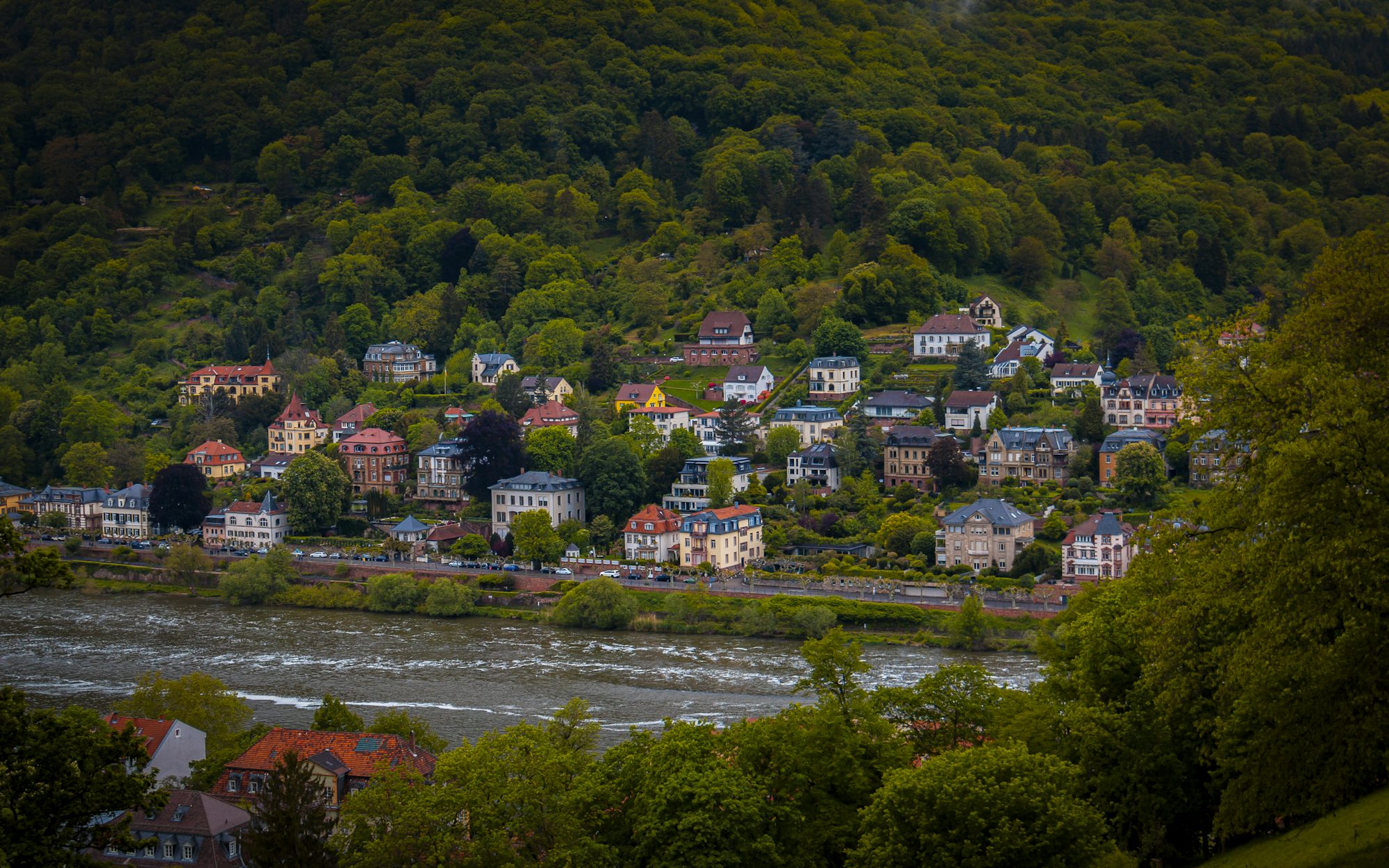Cultural Landmarks: Treasures of Humanity

The Louvre Museum: A Pinnacle of Art and History
Located in Paris, France, the Louvre Museum is the world's largest art museum and a historic monument in its own right. Originally built as a fortress in the late 12th century, it was transformed into a royal palace before becoming a public museum during the French Revolution. The Louvre houses an unparalleled collection of over 380,000 objects, including masterpieces such as the Mona Lisa and the Venus de Milo.
The museum's iconic glass pyramid entrance, designed by architect I. M. Pei, travel symbolizes the union of history and modernity. The Louvre's vast galleries invite visitors to immerse themselves in the rich tapestry of human creativity, offering a journey through different cultures and epochs. As a cultural landmark, the Louvre not only showcases artistic treasures but also fosters appreciation for the arts, encouraging dialogue between diverse perspectives.
Angkor Wat: A Marvel of Khmer Architecture
Nestled in the jungles of Cambodia, Angkor Wat is one of the largest religious monuments in the world and a UNESCO World Heritage site. Built in the early 12th century, this temple complex originally served as a Hindu temple dedicated to the god Vishnu, later transforming into a Buddhist temple. Angkor Wat is celebrated for its stunning architectural design, intricate bas-reliefs, and vast moats that create a sense of grandeur and spirituality.
The layout of Angkor Wat reflects the universe in stone, symbolizing the connection between the earthly and divine realms. Visitors to the site are captivated by the beauty of the sunrise casting a golden glow over the temple, creating a breathtaking backdrop for exploration. Angkor Wat stands as a testament to the ingenuity and artistry of the Khmer civilization, inviting admiration and reverence for its historical significance and cultural legacy.
The Forbidden City: The Heart of Imperial China
The Forbidden City, located in Beijing, is a sprawling palace complex that served as the imperial palace for 24 Chinese emperors during the Ming and Qing dynasties. Built between 1406 and 1420, this UNESCO World Heritage site is a masterpiece of traditional Chinese architecture, featuring over 980 buildings and a harmonious layout that emphasizes order and symmetry.
The name 'Forbidden City' reflects its historical significance, as access was restricted to the emperor, his family, and select officials. Today, it stands as a symbol of China's rich history and cultural heritage, attracting millions of visitors who come to admire its ornate roofs, exquisite gardens, and captivating artwork. The Forbidden City serves as a reminder of the power and influence of the Chinese imperial system, offering insights into the complexities of governance, culture, and society during one of history's most remarkable epochs.
The Acropolis: A Symbol of Ancient Greece
Perched on a rocky outcrop above Athens, the Acropolis is an enduring symbol of ancient Greek civilization and democracy. This ancient citadel features several significant structures, the most famous being the Parthenon, dedicated to the goddess Athena. Constructed in the 5th century BC, the Parthenon exemplifies the height of classical architecture, with its majestic columns and intricate sculptures.
The Acropolis is not only an architectural marvel but also a testament to the philosophical and political innovations of ancient Greece. It represents the birthplace of democracy and the ideals of freedom and civic responsibility. Visitors to the Acropolis are often moved by the sense of history that permeates the site, allowing them to connect with the ancient world and reflect on its influence on contemporary society. The breathtaking views of Athens from the Acropolis further enhance the experience, making it a must-visit landmark for those interested in culture and history.
Machu Picchu: The Lost City of the Incas
Machu Picchu, located high in the Andes Mountains of Peru, is an archaeological wonder and one of the most iconic landmarks in South America. Believed to have been built in the 15th century during the reign of the Inca Emperor Pachacuti, this ancient citadel was rediscovered in 1911 and has since become a symbol of the Inca civilization.
Machu Picchu's breathtaking setting, surrounded by steep mountains and lush greenery, creates a sense of mystique and awe. The site features sophisticated agricultural terraces, religious temples, and residential areas, all intricately connected by a network of stone pathways. As a UNESCO World Heritage site, Machu Picchu stands as a testament to the engineering prowess and spiritual beliefs of the Incas, inviting visitors to explore its rich history and cultural significance.
The Sagrada Familia: A Visionary Masterpiece
In the heart of Barcelona, Spain, lies the Sagrada Familia, an extraordinary basilica designed by the renowned architect Antoni Gaudí. Construction began in 1882 and continues to this day, with an anticipated completion date set for 2026, marking the centenary of Gaudí's death. The Sagrada Familia is celebrated for its unique architectural style, blending Gothic and Art Nouveau elements with Gaudí's imaginative vision.
The basilica's intricate facades and towering spires are a visual feast, showcasing a wealth of symbolism and artistry. Inside, the play of light through the stained glass creates an ethereal atmosphere, inviting contemplation and reflection. The Sagrada Familia stands as a symbol of faith and creativity, embodying Gaudí's desire to create a space that inspires spiritual connection and artistic appreciation. As one of Spain's most visited landmarks, it serves as a cultural beacon, drawing people from around the world to experience its beauty and significance.
Conclusion
Cultural landmarks are vital threads in the tapestry of human history, embodying the creativity, resilience, and aspirations of societies across the globe. From the artistic treasures of the Louvre to the spiritual grandeur of Angkor Wat, these sites invite us to reflect on our shared heritage and the diverse narratives that shape our world. Visiting these landmarks not only enriches our understanding of history and culture but also fosters appreciation for the artistry and innovation that have defined humanity's journey through time.